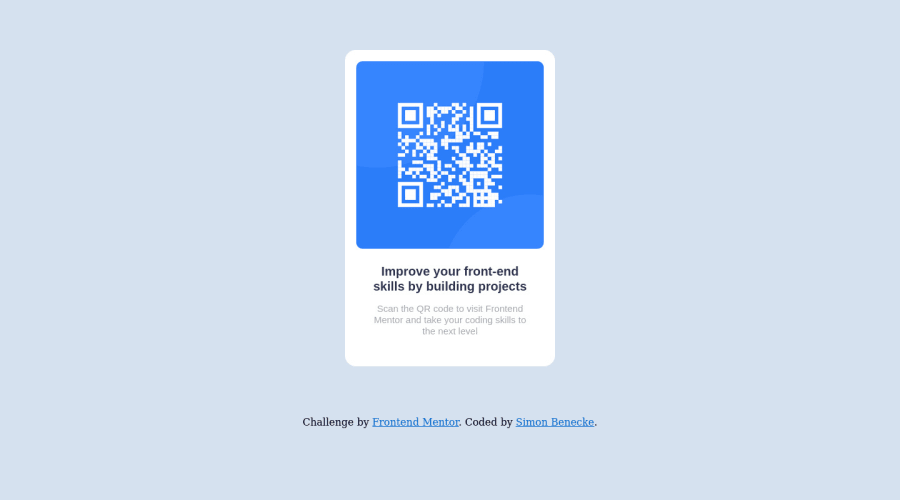@Senatrius
Posted
Great job on your first unguided project :) There are just a few things that you could improve to make it even better.
-
Card padding: instead of manually setting the image width using pixels, set image width to '100%', height to 'auto' and remove the top margin. Then add
padding: 1remandbox-sizing: border-boxto the card. In this case, visually nothing changes but for the future, if you ever want to increase or decrease the gap between card edge and image, you'll only have to change a single value. -
Responsive units: I see you're using pixels everywhere. I'd suggest switching them out for rem units so the component adjusts to the users browser settings. Some people need to set a higher default font size in the browser due to disability or other reasons and using pixels prevents that. Read up a bit more on responsive units here
-
Semantic HTML: in the same vein as responsive units, semantic html helps people with disabilities who use screen readers to browse your pages easier. In this case, change
div.white-backgroundtomain.white-background,div.text-in-whitetosection.text-in-white, anddiv.attributiontofooter.attribution. Can read up more on semantic HTML here.. Also, here's a good reference for semantic HTML tags, very useful when learning.
Outside of these few things, it looks good. Keep it up :)
Marked as helpful

